- HubPages»
- Travel and Places»
- Visiting Asia»
- Southeastern Asia
Why You Should Try the Calamay from Jagna, Bohol
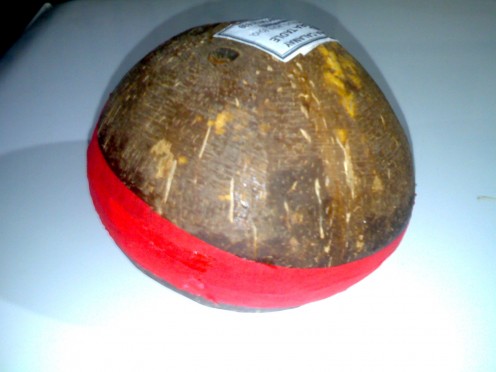
1. It is uniquely gooey unlike any other 'calamay' from other parts of the Philippines
Calamay is a native dessert one can find in many parts of the Philippines. As many as the islands, there are dozens of variation of this sweet and uniquely Filipino dessert.
There is one that is quite unique and distinct not only from the way it is packaged in those lovely brown and polished coconut shells (called 'bagol') and sealed shut with a strip of red crepe paper (papel de Hapon) right in the middle. It's taste and rich thick texture makes it a signature delicacy of Jagna, Bohol.
The calamay which originates from the original Calamay Country - Jagna, Bohol. This sweet dessert is also called 'Calamay hati' in other parts of the country, this literally means 'halved calamay.'
Jagna is a port town in Bohol province which serves as a gateway to Mindanao. Jagna is also one of the towns you will pass by if you intend to visit the white sand beaches of Anda, Bohol.
Calamay is made from glutinous sticky rice cooked with coconut milk and dark sugar (also called 'calamat' but refers to the dark molasses) and requires 4-6 hours of manual stirring in a giant pot over low fire.
These days, Jagna calamay come in different variants such as with peanuts, ube, pinipig, ginger etc. It is recommended to be consumed immediately after opening due to its short shelf life. One may store it in the refrigerator for a a few days but this will only make it harder.
What makes the Jagna, Bohol calamay unique? Aside from its unique taste, variety and thick, gooey texture, Jagna calamay comes in a distinct and signature 'bagol' container that you won't be able to find in other calamays in other parts of the Philippines. This 'bagol' containers is not only beautiful and unique but it is also environmentally-friendly since they are biodegradable.
It may also come in plastic containers for easier shipping. You may still find the ones in coconut shell but if you are taking and travelling via plane, it is advisable to get those in plastic ones as they can withstand travel. Best to get the ones in plastic sealed containers unless you plan to ship it via ferry.
2. It can be a fun dessert experience
The Jagna calamay can be enjoyed on its own, as a spread for your favorite bread, and even as topping for ice cream or suman. This flexibility is one reason why a lot of people look forward to getting it as pasalubong from well-meaning friends who come from Bohol. Here are some fun facts about how to eat calamay without difficulty.
1. Remember that consuming calamay is tricky since it is very sticky.
2. Your life will be much easier if you know hot to carefully crack the coco shell lining by peeling off the red lining paper around it. (See photos)
3. Easily open the shell by inserting the edge of the knife, spoon or fork in the rim of the bagol.
Divide the contents in the two halves of the shell so that it won't spill, twist slowly or simply cut with a spoon or fork. See photos for illustration below.
3. It makes for a great 'pasalubong' or homecoming gift
If you visit the island paradise of Bohol, don't leave without getting your calamay pasalubong. Make sure to get the calamay from Jagna, it will be worth it and your friends and love ones will thank you for it.
How do you get to Jagna, Bohol? Just head on to the town of Jagna by taking an hour bus ride from Tagbilaran City. Don't worry, in case you decide to stay in Jagna for a day, you have a lot of cool spring pools to check out (Check out the YouTube video below). Once you arrive in the main center of Jagna, there are calamay vendors everywhere so they are hard to miss. You can find most of them in front of Jagna Business center and market area. Each piece is priced P30-35 or three for P100. (April 2019 prices)
If you opt to get something fast and along the national road, a famous calamay store "Ching's Calamay" can be found right along the road in Can-Upao, Jagna. Ching's calamay is one of the biggest calamay-makers in Jagna town. You can get all the variety by giving their shop a visit.
Place to Swim in Jagna Bohol
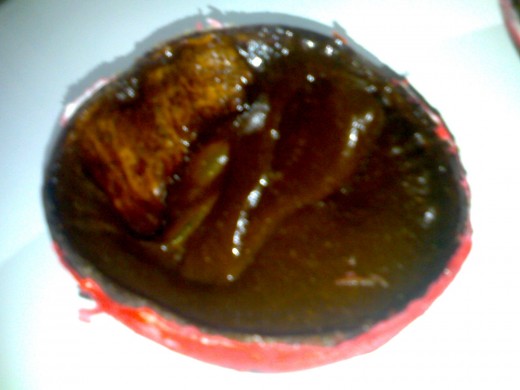
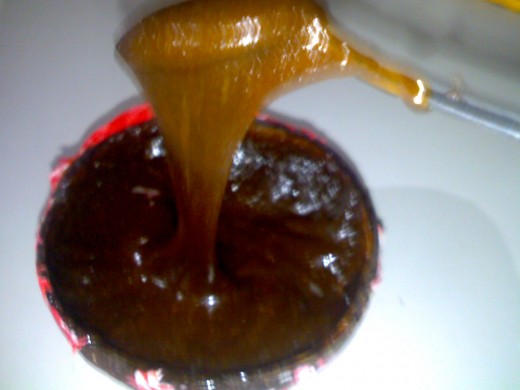
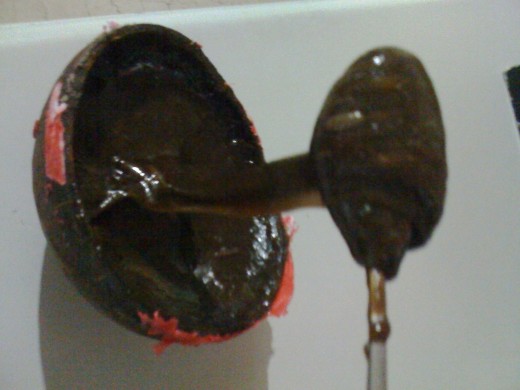
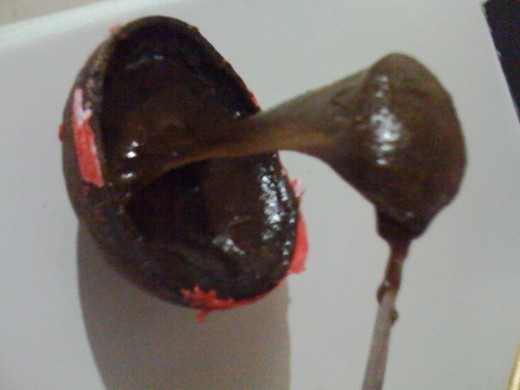
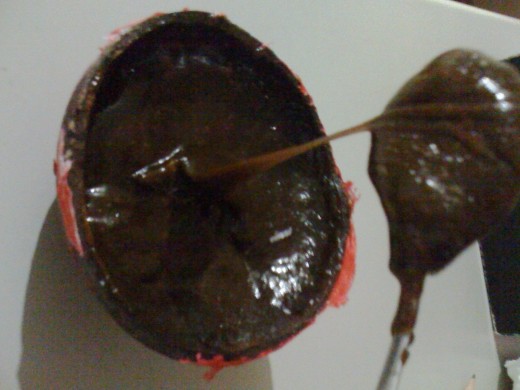
Calamay-making in Jagna Bohol
4. Prepare calamay yourself if you are up for a challenge
If you are looking for another kitchen adventure and want to do a challenge in making this dessert, why not make your own homemade calamay. It can be a great activity for the whole family, not to mention, a great fitness workout, you will soon find out. Imagine stirring the calamay for 4-6 hours until it is done. What a great workout to tone those biceps and shoulders, right?
For starters, just check out this basic calamay recipe. Well, the only thing not so basic about this one is, it is a huge batch, that is for sure. You may add peanuts, pinipig, ginger, etc. if you are feeling it. Most of these ingredients can be found in your local market, so get your apron and make your own calamay!
Ingredients:
- 2 kilos ground, Milled glutinous (sticky) rice
- Coconut milk from 20 coconuts
- 10 kilos dark Molasses (muscovado) Sugar (darkest colored-sugar you can find)
- 10 liters of water
Procedure:
- Soak the glutinous (malagkit) rice overnight.
- If possible, buy grated coconuts from a palengke (wet market). Extract the milk, first using 5 liters of water. Then, the second extraction using 3 liters of water.
- Pour the soaked glutinous (malagkit) rice in the first coconut milk extracted then proceed to ground the malagkit & coconut mixture. You may have this done through a machine available in many wet market or do it yourself if you have the machine to ground the glutinous rice.
- Mix the sugar to the second coconut milk extract and boil until it forms a heavy syrup mixture or what is called a 'latik'.
- Afterwards, pour the ground malagkit mixture into the simmering 'latik' mixture taking extra caution not too scald yourself. Also, prepare to flex your muscles and tone you arms because you will be stirring this mixture over slow fire for four to six (4-6) hours. This is necessary to cook the calamay evenly and not burn it. This is a job for the professionals indeed but no harm in trying.
- When it is done, you may now place them in cleaned and polished half-a-coconut shells (see photo), let it cool first before covering it with the other half. Finally, seal with a red band of papel de Hapon. You may also place calamay in plastic air-proof containers. Serve and enjoy when cooled down. Remember that it does not last long so it is best enjoyed within a day or two, otherwise, molds grow easily on them!
This content is accurate and true to the best of the author’s knowledge and is not meant to substitute for formal and individualized advice from a qualified professional.
© 2011 Shan Moore








